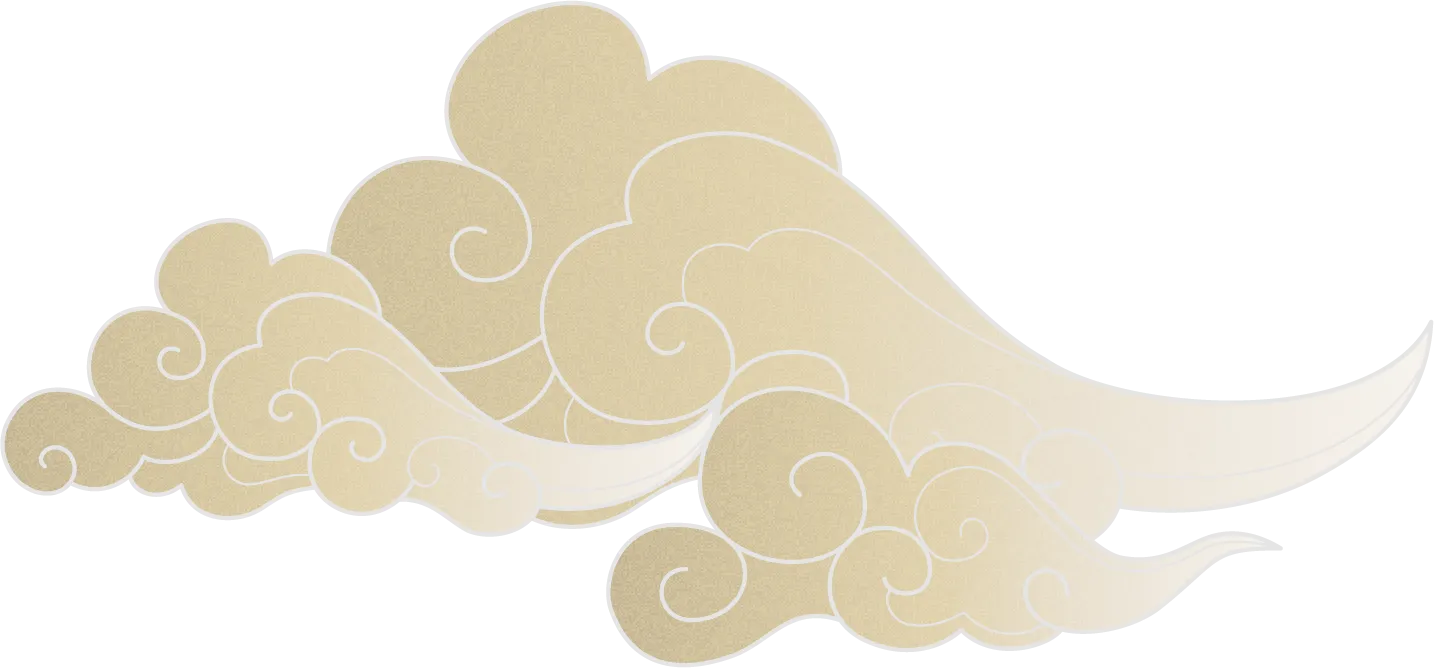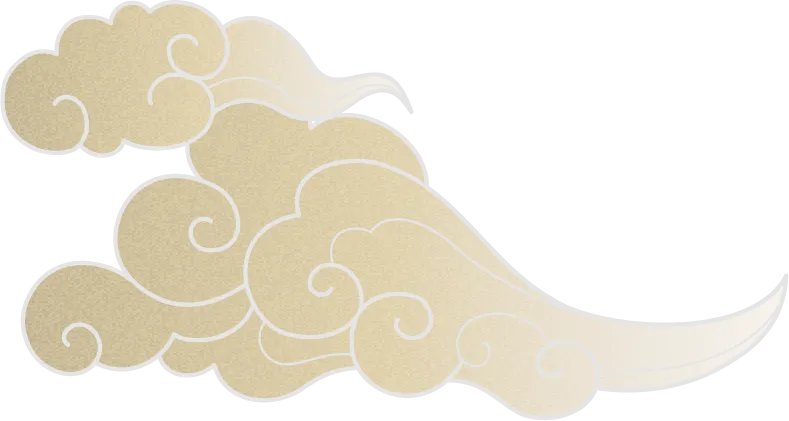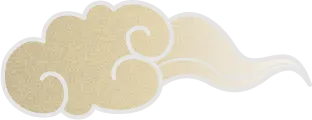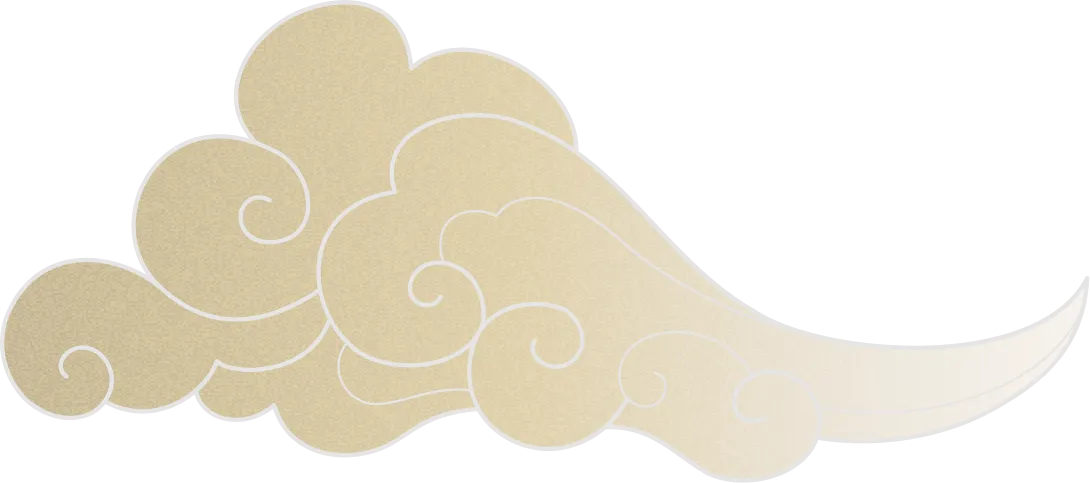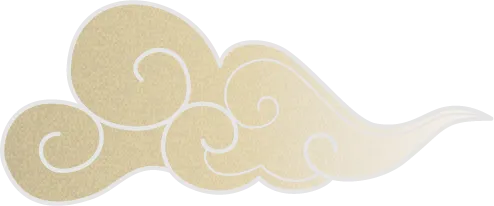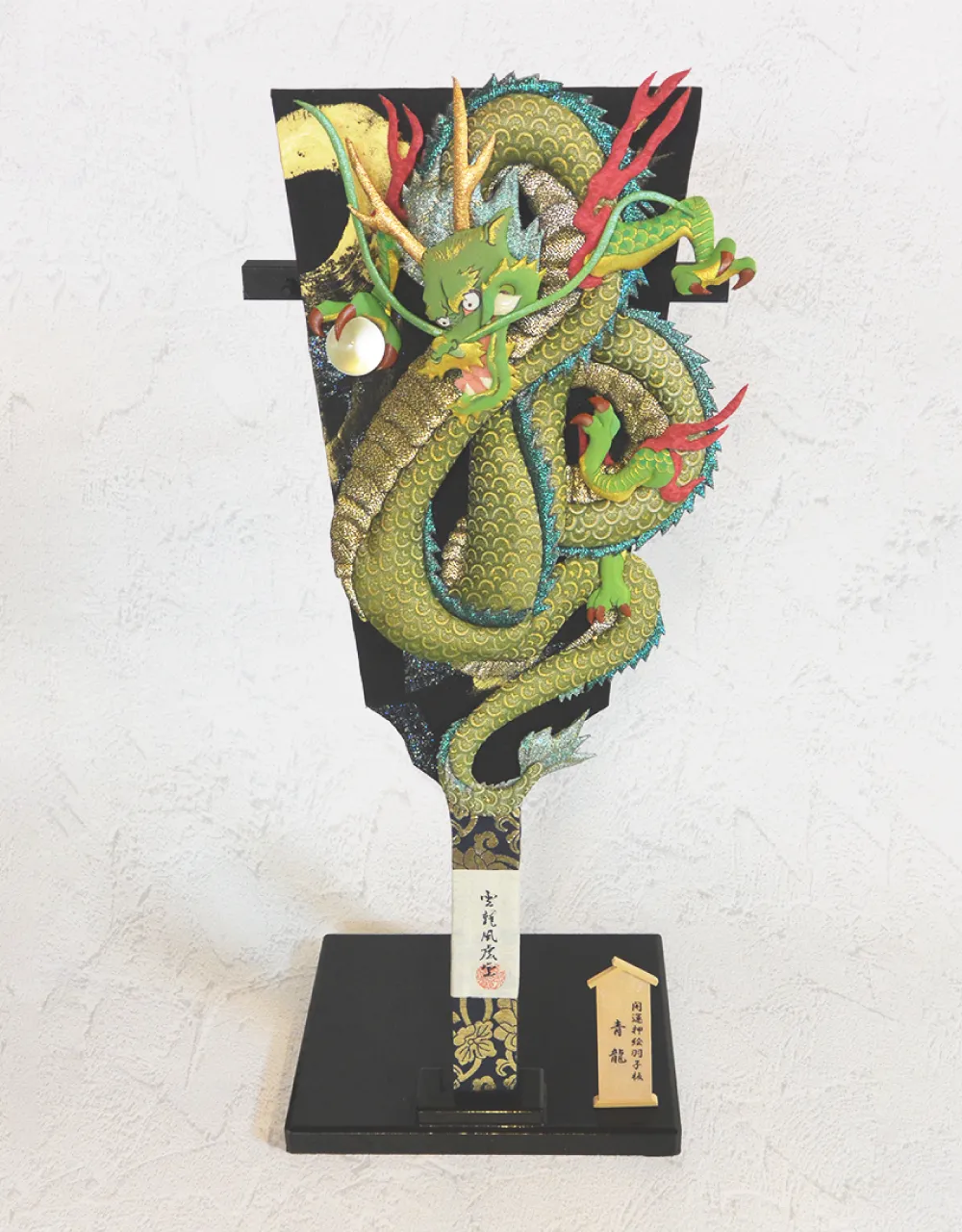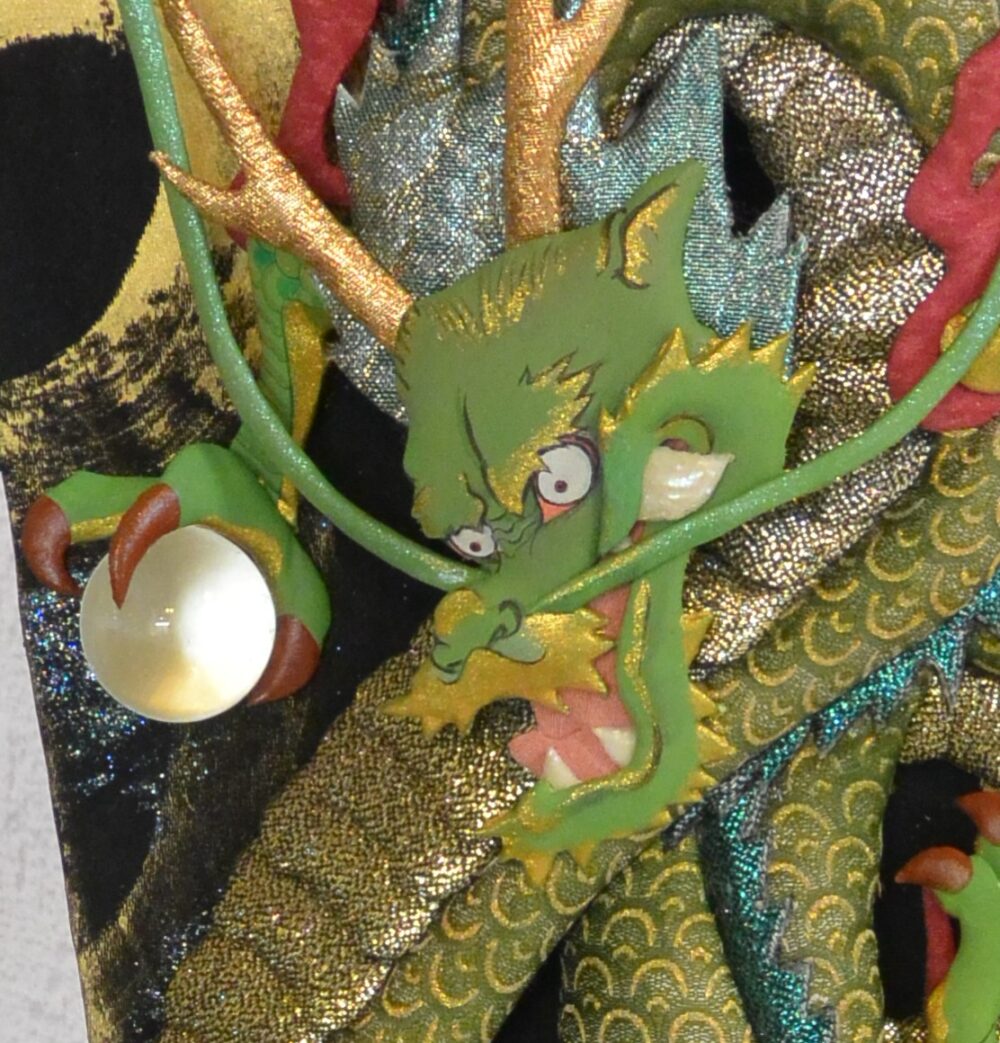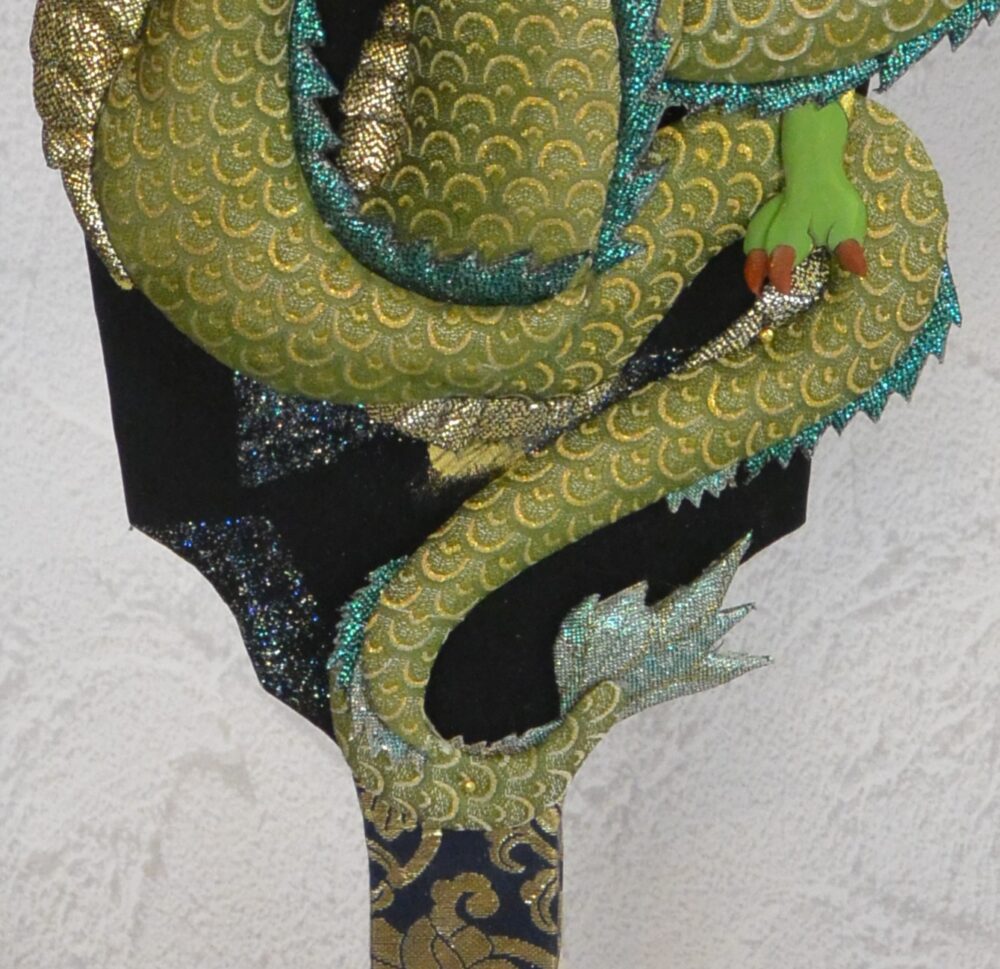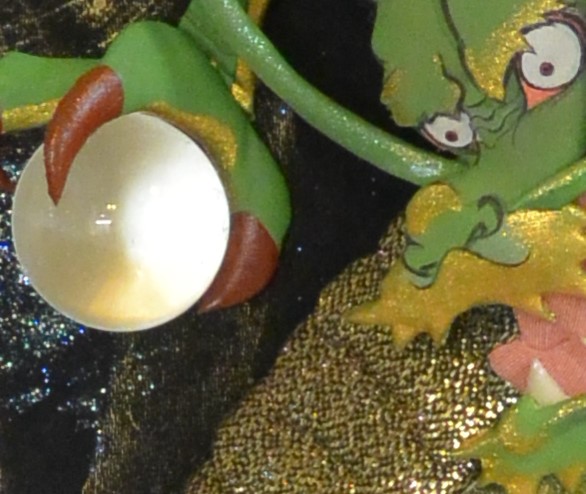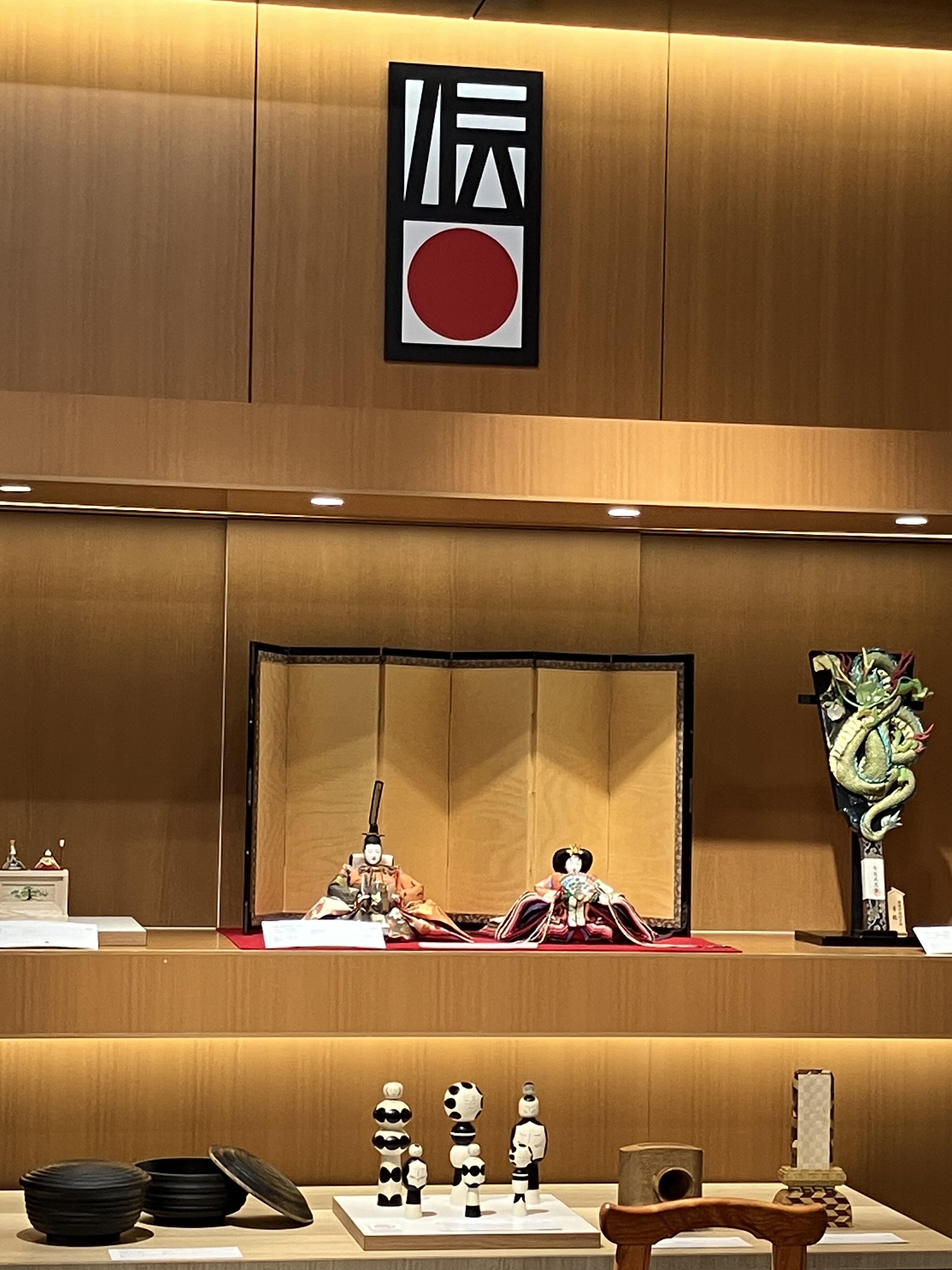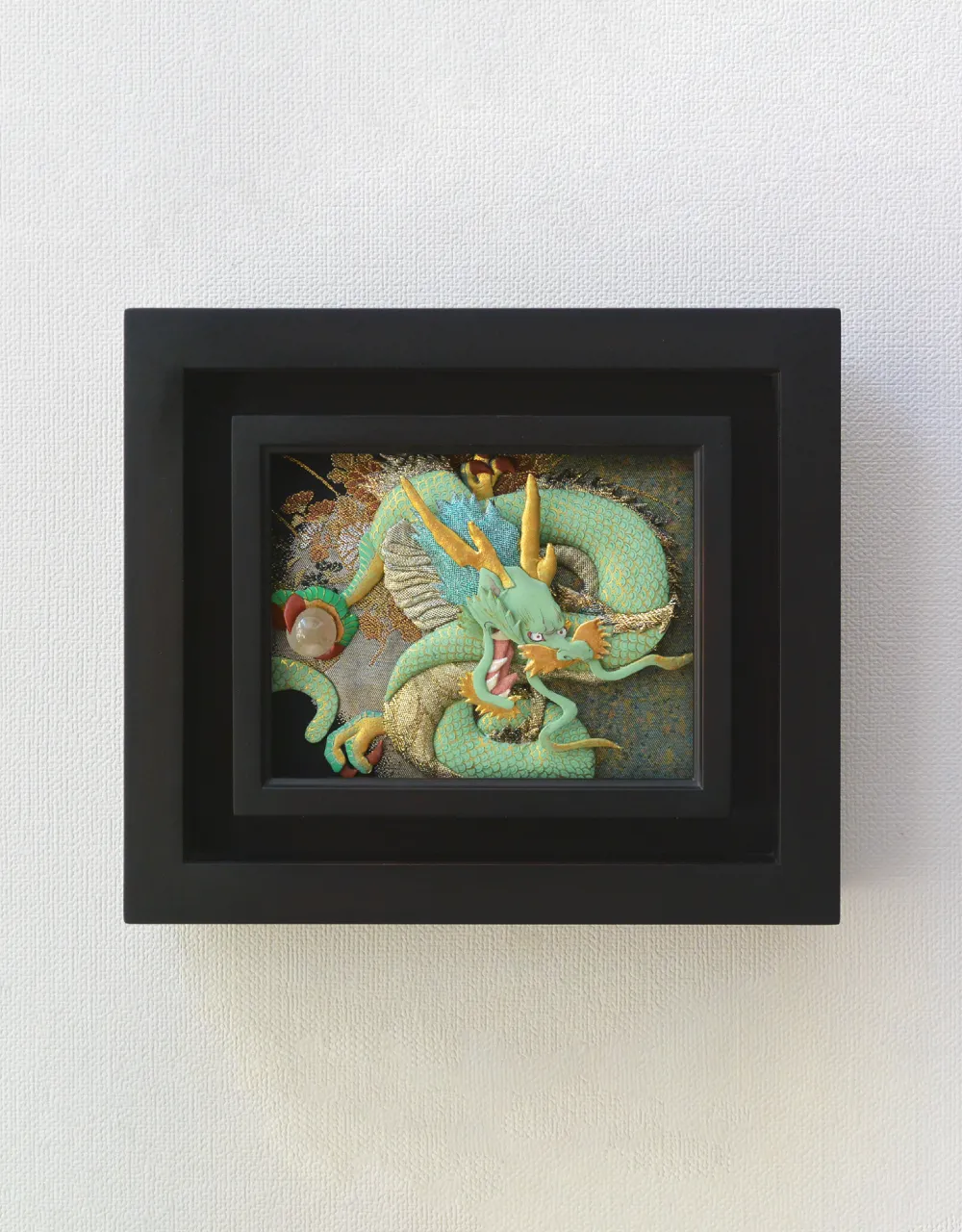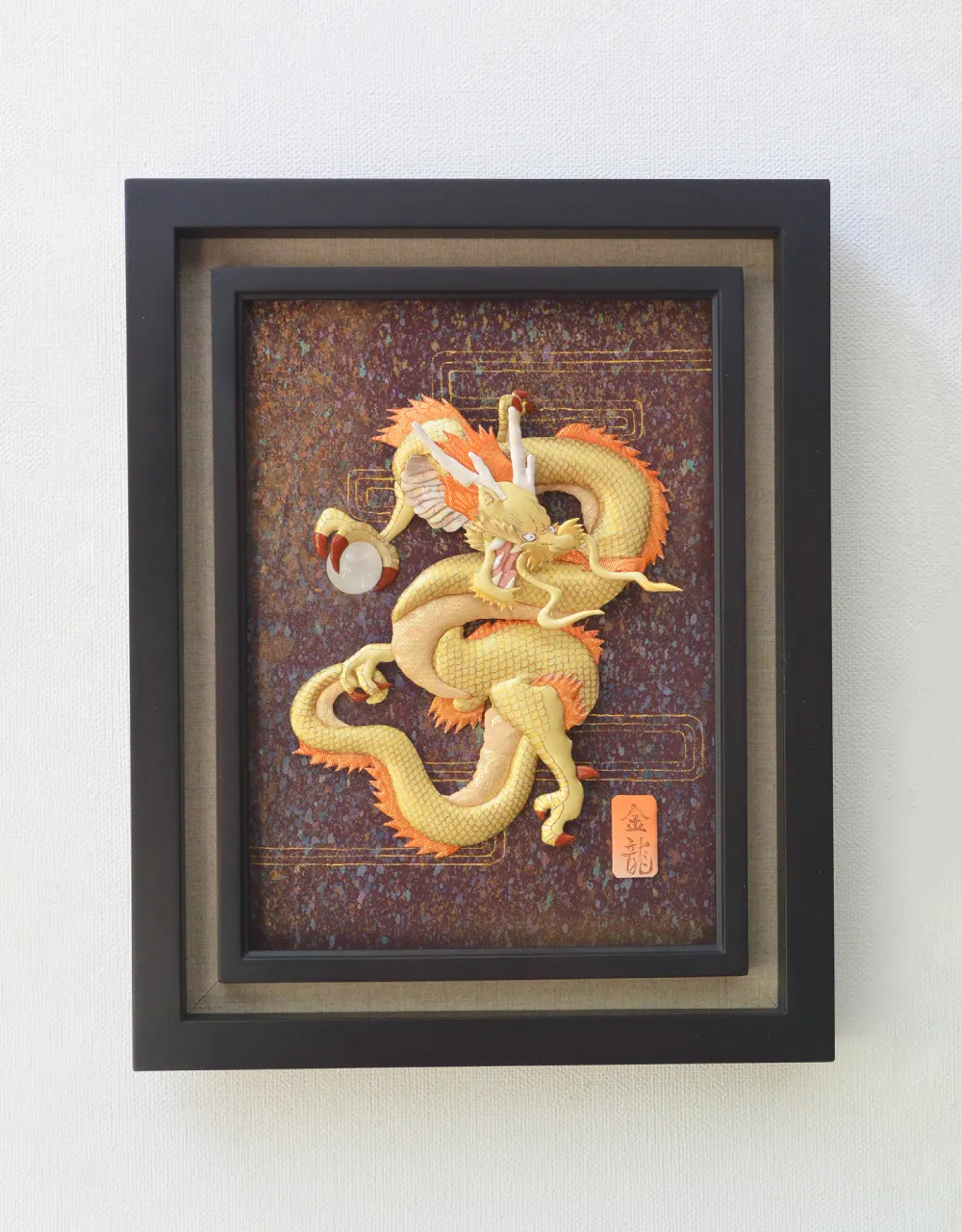55cm × 21cm × 5.5cm
Blue Dragon・battledore (seiryuu・hagoita)
The Blue Dragon refers to a mythical divine beast in China. It is one of the four gods that protects the north, south, east, and west, and is said to protect the east, and is one of the beasts that govern the zodiac.
This battledore was created to wish for good luck in the Year of the Dragon. The sharp eyes of the blue dragon flying in the moonlight exorcise bad luck and misfortune, and ward off evil spirits. A gorgeous hagoita made with luxurious gold brocade fabric and Himalayan crystal.
Hagoita is said to have originated from the 7th century as a cane with a spatula-shaped tip used in the “Giccho” game played in the imperial court.
It seems that during the Kamakura period, it changed to playing with feathers. The wings are modeled after dragonflies that eat mosquitoes, which can cause children to get sick, and the black beads at the tips of the wings are the fruit of a tree called Mukuroji, which also symbolizes the wish that “children will not get sick.” It’s included.
Later, from the Muromachi period, hagoita was divided into those used for “playing with feathers” and those used for “decoration.”
In the late Edo period, hagoita that depicted Kabuki actors on stage appeared and became popular among the people of Edo.
During the Golden Age of Kabuki during the Meiji period, “Oshie Hagoita” with motifs of Kabuki actors became popular.
In the middle of the Meiji period, the technique of pressing hagoita reached its peak, and pressed paintings with elaborate three-dimensional techniques began to be created.
From the end of the Meiji period to the Taisho period, Oshie Hagoita moved away from Yakusha Nishiki-e, and Oshie Hagoita craftsmen created their own unique styles, including paintings of beautiful women.

